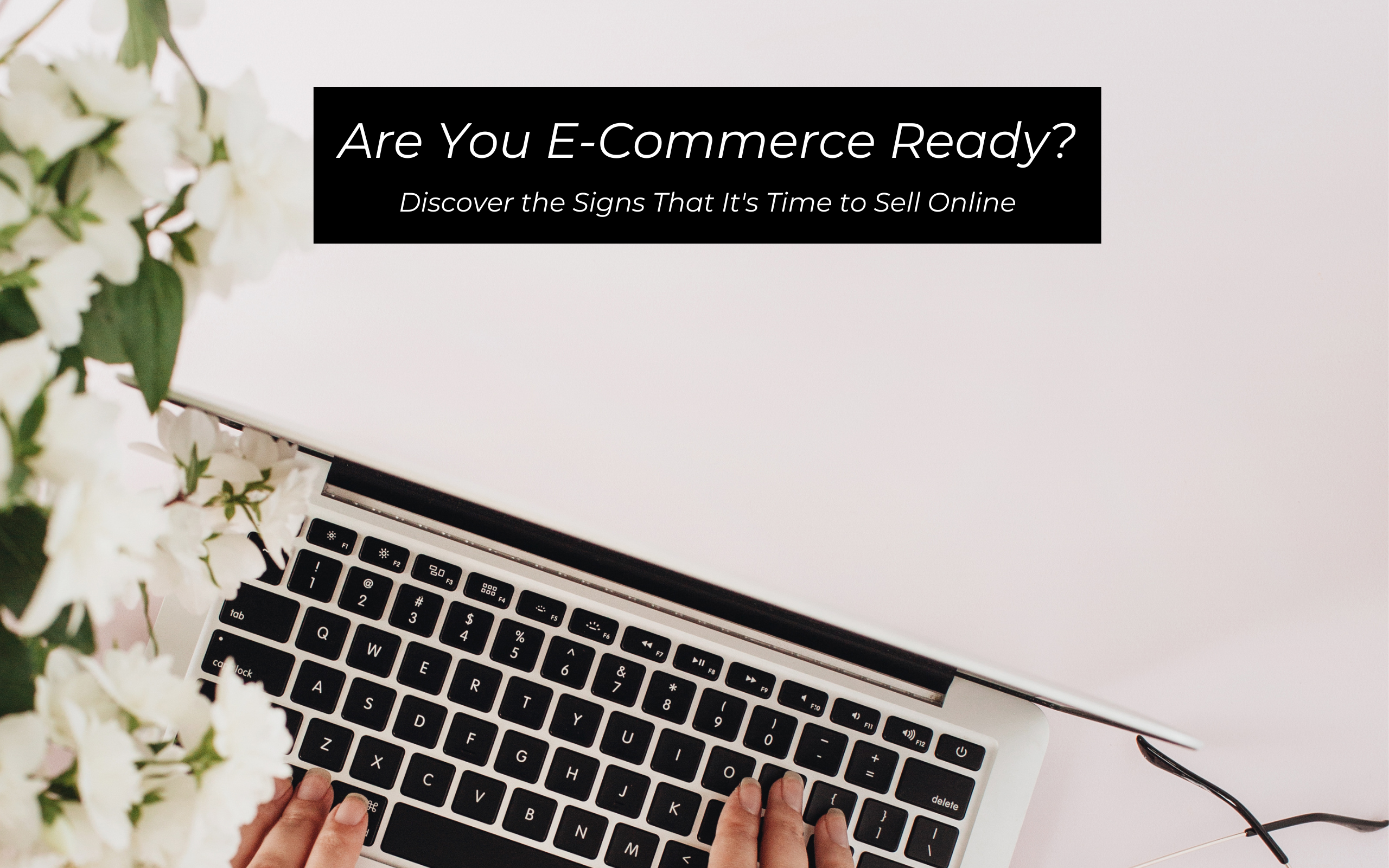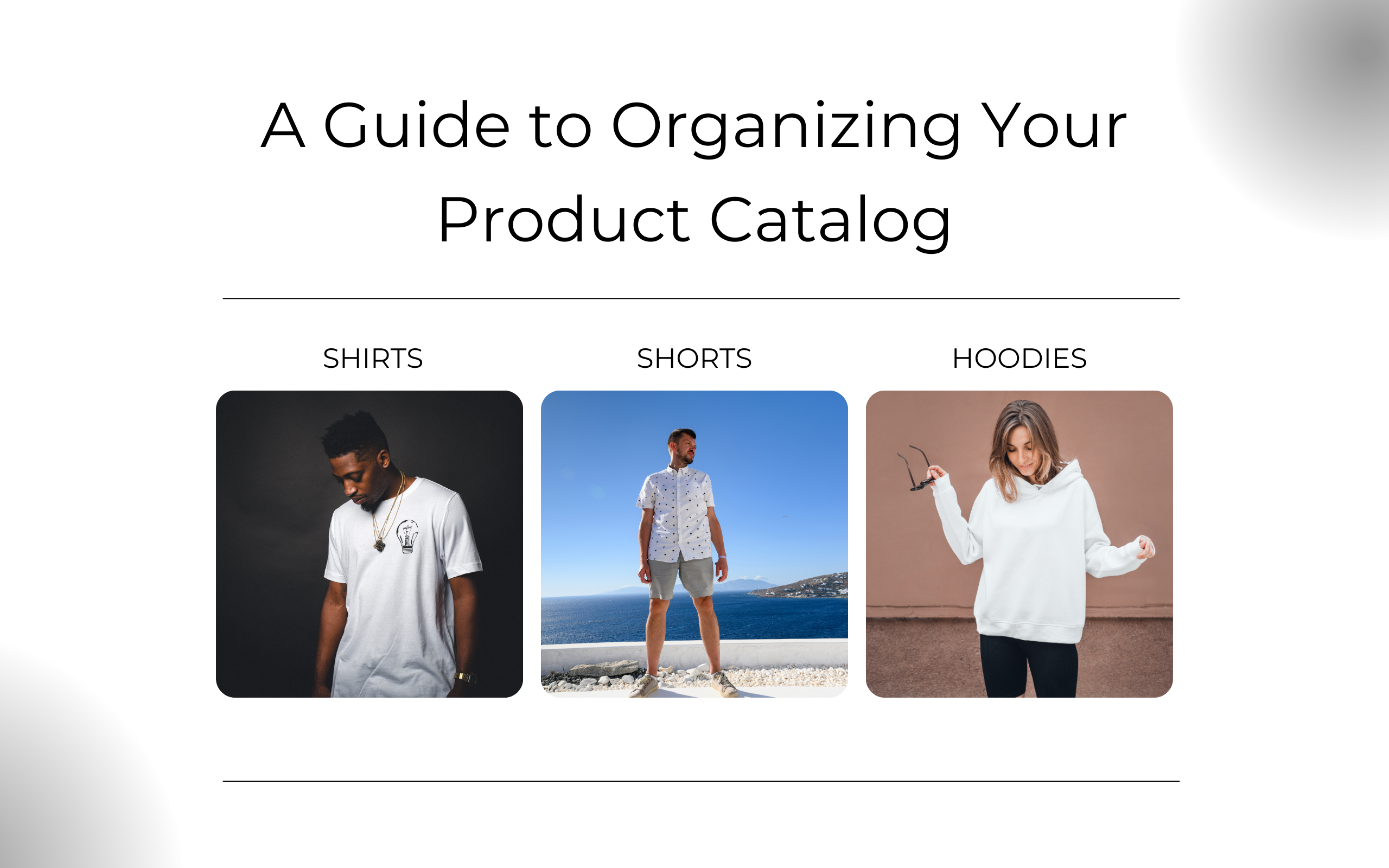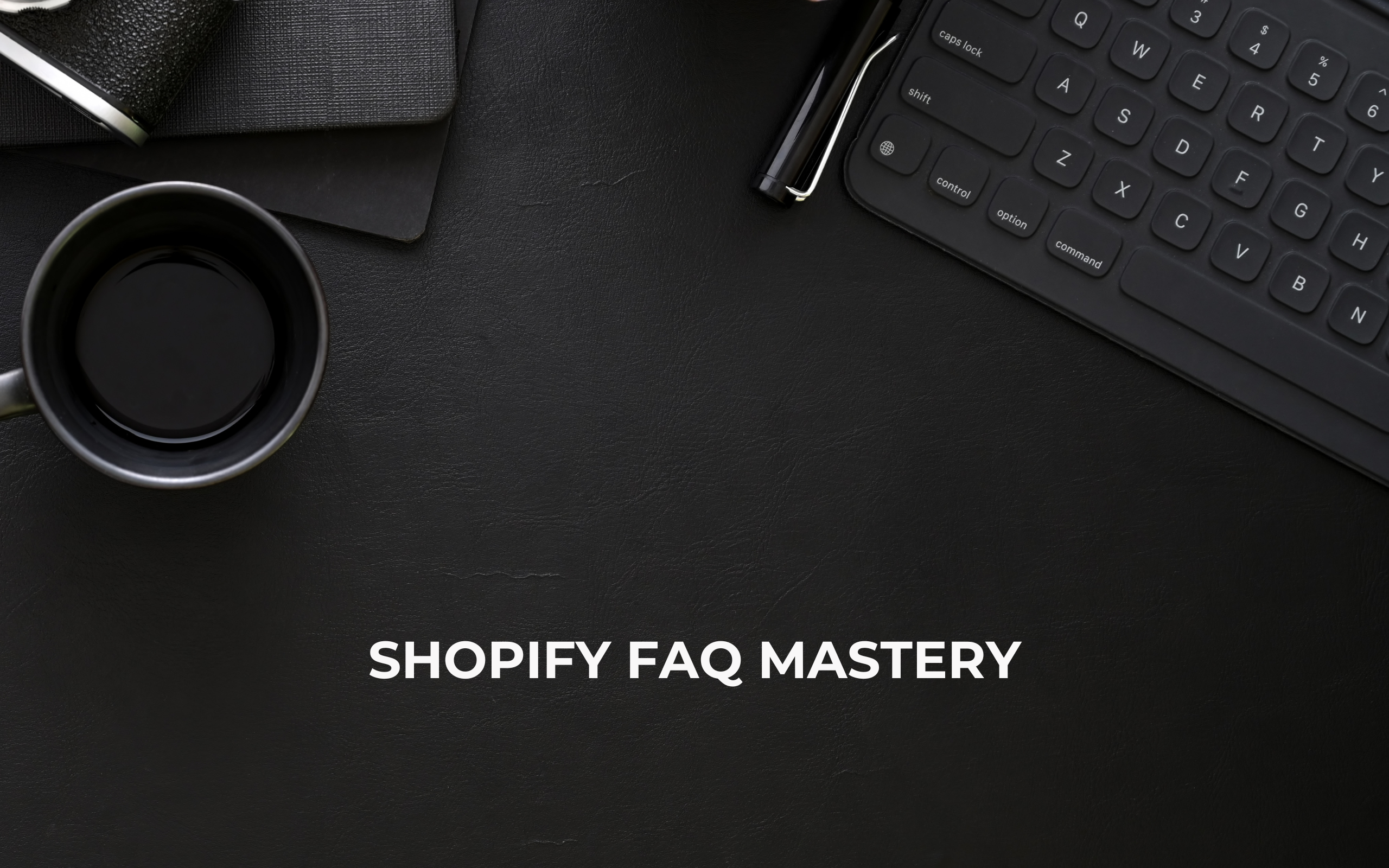How to Know if You're Ready to Sell Online

Entering the world of online sales can be a game-changer for businesses of all sizes. Whether you're a solo entrepreneur selling handmade crafts or a small business owner with a growing product line, moving your sales online could unlock new levels of growth and efficiency. But how do you know when it's the right time to make the leap? Let's explore some key indicators.
Evaluating Your Current Sales Method
The first step in determining your readiness for online sales is to assess your current sales method. Many businesses start small, selling through social media platforms like Instagram. This approach can be effective initially but consider the following:
- Volume of Orders: If you're managing 1-2 orders per day through your DMs, this might not seem overwhelming. However, it's a sign that there's potential for growth. Transitioning to a website can lend credibility to your business and attract more customers.
- Time Management: For businesses handling 10-20 orders daily, the time spent managing DMs and confirming orders can add up, consuming 2-3 hours that could be better spent on product development or marketing.
- Scaling Up: If you're selling more than 20 orders per day via Instagram, it's time to consider setting up a website urgently. At this volume, manual order processing becomes unsustainable, and a website can help automate these tasks.
Benefits of Having a Website
A website isn't just a sales channel; it's a powerful tool that offers numerous advantages:
- Trust and Credibility: Customers tend to trust online stores more than informal selling methods. A professional website enhances your brand's credibility.
- Efficiency and Time Savings: Automating the sales process with a website can significantly free up your time. Instead of manually managing orders, a website can handle transactions, collect customer information, and even address common questions through an FAQ section.
- 24/7 Availability: Unlike individual sellers, a website operates round the clock, ensuring you never miss out on sales opportunities. This constant availability can dramatically improve customer satisfaction and conversion rates.
- Focus on Growth: With a website handling routine inquiries and sales, you can dedicate more time to refining your product, expanding your market reach, and enhancing customer experience.
Starting Without a Product
If you're at the very beginning stages and your product is still under development, the decision between starting with social media or a website depends on your product's nature and target market:
- Complex Inventory: For a diverse product line, such as a clothing brand with multiple categories and items, managing orders via DMs can quickly become impractical. A website can streamline this process, reducing the risk of human error.
- Simple Product Line: If you're starting with a simple product range, like designing a few bookmarks each month, beginning with an Instagram page can be a low-risk way to test the market. However, as orders increase, transitioning to a website will become essential to manage demand efficiently.
Conclusion
Determining your readiness to sell online involves assessing your current sales volume, the time spent on manual processes, and considering the scalability of your business model. A website offers numerous benefits, including increased credibility, efficiency, and the ability to focus on growth. Whether you're just starting or looking to expand, an online presence can significantly impact your business's success.
Remember, the journey to online sales is a step towards unlocking your business's full potential. By recognizing the signs that it's time to move online, you're positioning your business for greater success and sustainability.



